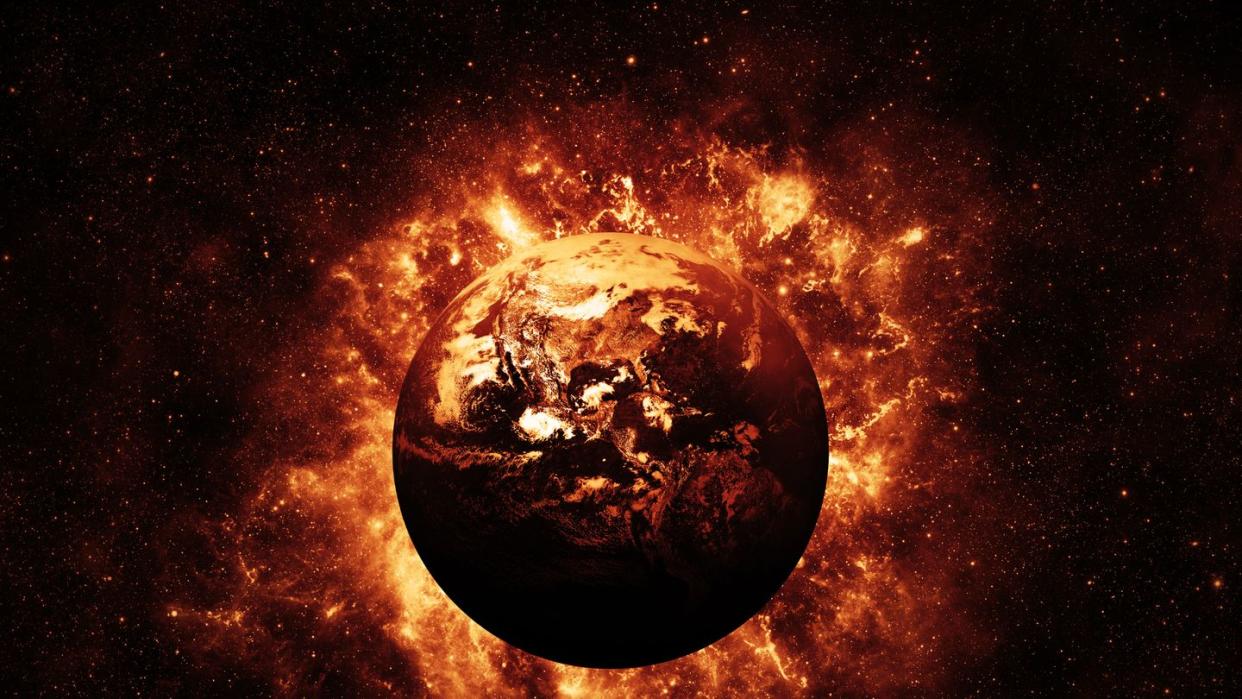Turns Out Earth’s Temperature Timeline Is Wrong

A team of researchers says oxygen isotopes found in rock types contain the oldest geochemical record of the Earth.
A collective understanding of five different data sets show that, all the way back to the Proterozoic era, Earth was never hotter than 140°F.
The team believes ocean temperatures have remained stable throughout time.
The theory that the Earth of about two billion years ago was a scorching land with a hot ocean and temperatures routinely soaring over 140°F is just a myth—at least, according to what ancient rocks are now showing us.
A team of researchers from the University of Waikato in New Zealand published a study in Science that they say ends a long-standing scientific debate around Earth’s climate evolution. No, they claim, Earth hasn’t experienced incessantly hot temperatures at any point over the last two billion years. Instead, temperatures have remained stable and mild.
How do they know? Oxygen isotopes. By diving into the data records from shale, iron oxide, carbonate, silica, and phosphate rock types, the team behind this study pieced together a “geochemical” record with 30,000 data points that span 2 billion years of Earth’s 4.5-billion-year history. Using different forms of oxygen present in the record, known as oxygen isotopes, they mapped temperatures across geological time.
There’s no crazy heat in the most recent 2 billion years of that history.
“By pairing oxygen isotope records from different minerals, we have been able to reconcile a unified history of temperature on Earth that is consistent across all five records, and the oxygen isotopic composition of seawater,” Terry Isson, geochemist and lead author, said in a statement.
The data indicates a relatively stable and temperate early ocean, and temperatures of around 50°F—far from the previously held belief of something akin to 140°F. This seriously challenges the established perception of what type of environment early life on Earth would have reveled in.
The paper shows that the Proterozoic climate was temperate until temperatures began to fall during the early Paleozoic, around 500 million years ago. This drop in temperature, Science wrote, occurred in concert with a decline in clay formation and the rise of silica-containing life—both of which would have contributed to declining levels of atmospheric carbon dioxide.
The team found that, as terrestrial and marine clay grew through Earth’s history, so did plants and marine creatures. “The results suggest that the process of clay formation may have played a key role in regulating climate on early Earth and sustaining the temperate conditions that allowed for the evolution and proliferation of life on Earth,” Isson said. “The results provide us with an impetus to deepen our understanding of how life both responds to, and shapes climate on Earth.”
You Might Also Like

